Final Fantasy XIV might not be around today if not for Naoki Yoshida.
The original Final Fantasy XIV MMORPG (massively multiplayer online roleplaying game) that launched in September 2010 received widespread criticism for poor quality, threatening to become a black spot in the history of the beloved Final Fantasy game franchise. Yoshida was given the unenviable task of fixing one of the greatest failures in Square Enix’s history. He was made both producer and director of Final Fantasy XIV in December 2010 with a mandate to revamp the title.
An avid MMO gamer himself, Yoshida undertook to simultaneously create content for the original Final Fantasy XIV while developing a brand new MMORPG from the ground up to succeed it. The result was Final Fantasy XIV: A Realm Reborn, launched in August 2013, a streamlined MMO that has been praised for its solid gameplay and numerous quality of life features.
More than a year and a half since later, A Realm Reborn now boasts more than 4 million accounts worldwide and is gearing up for the release of its first expansion, Heavensward on June 23. TIME caught up with Final Fantasy XIV producer and director Naoki Yoshida to talk about Final Fantasy XIV, its upcoming Heavensward expansion and the numerous challenges posed in designing a MMORPG.
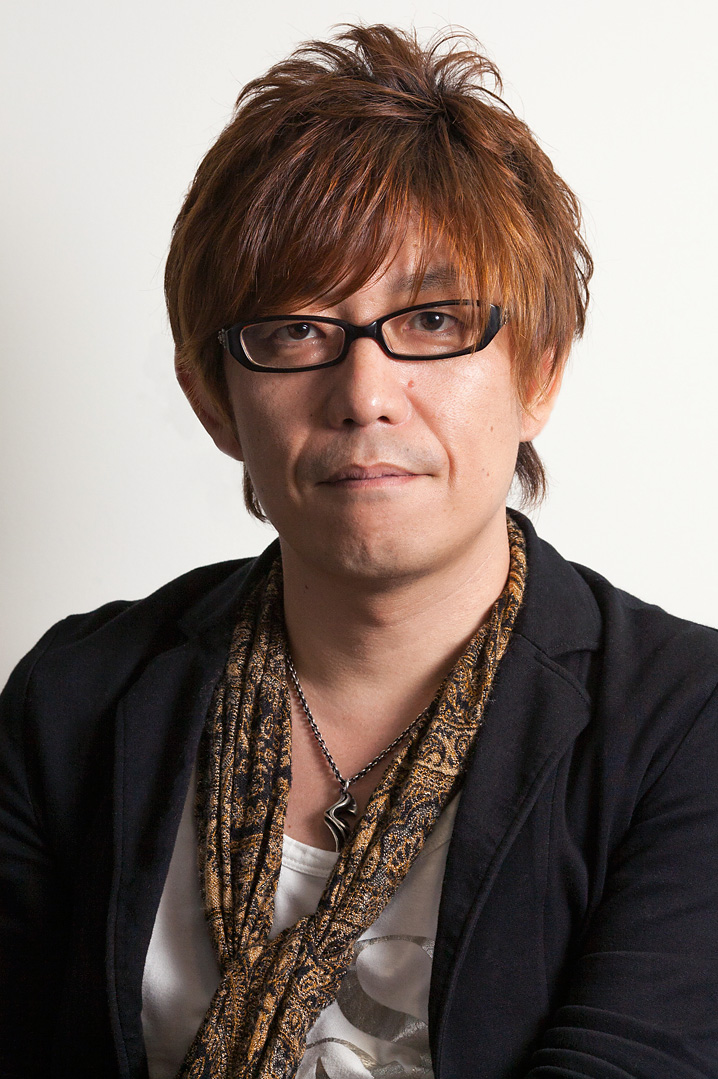
What are some key lessons that you have learned from creating Final Fantasy XIV: A Realm Reborn that you have incorporated into Heavensward?
To recover from the failure of the original version of Final Fantasy XIV, we had to come up with a long-term plan for Final Fantasy XIV: A Realm Reborn. So we worked frantically on designing detailed game mechanics and content within a very tight schedule. Throughout the different updates we were making for A Realm Reborn, we were gradually able to incorporate elements stemming from player feedback as well as improvisations that weren’t necessarily in our original designs. We are applying this experience to Heavensward, and are open to receiving even more feedback than before to challenge ourselves even more—while keeping a “long-term plan” in mind. Other than player feedback, we have gathered very valuable information, including the ever-diversifying tastes of our players, as well as log-in patterns based on lifestyle choices. We are considering all these factors to deliver an even more exciting experience.
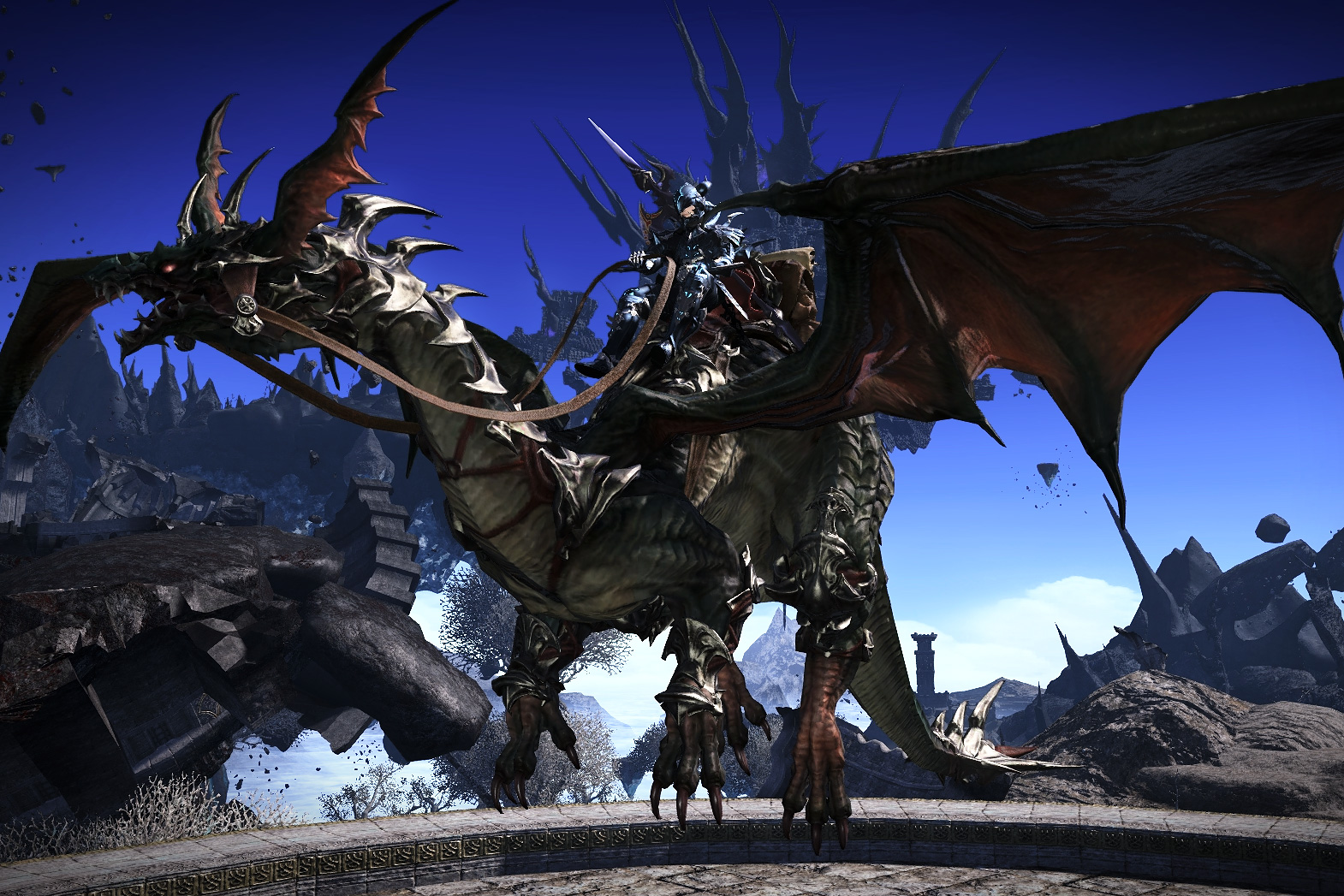
What feature(s) in Heavensward are you the most excited for?
As producer and director, I look forward to seeing all of our players enter the land of Ishgard. I get the same kind of feeling when we release a patch update, but it’s truly a wonderful and happy moment to see excited players run around in a field or area that we’ve created. As a player of the game, I’m looking forward to new actions that will be added to my main job, the black mage, and the raised level cap! I’m also looking forward playing as a dark knight and flying around using the new flying mounts. There are just so many things to do! (laughs)
Were there any real life locations that inspired the architecture and landscape in Heavensward?
There isn’t a specific thing or location we can reference, but we focused on “gothic high fantasy” as the central theme for the artwork and in-game modelling. We also made sure to visually accentuate the dark and light areas with pronounced contrast to come up with a novel look. As for the storyline we moved towards dark fantasy which is reflected in each scene. That is another new challenge we’ve put forth for ourselves. All in all, this is a very unique realm created through the interpretations and imaginations of a core development team that is located in Japan. I hope everyone has the opportunity to get their hands on this new Final Fantasy.
See Gorgeous Final Fantasy 14: Heavensward Concept Art
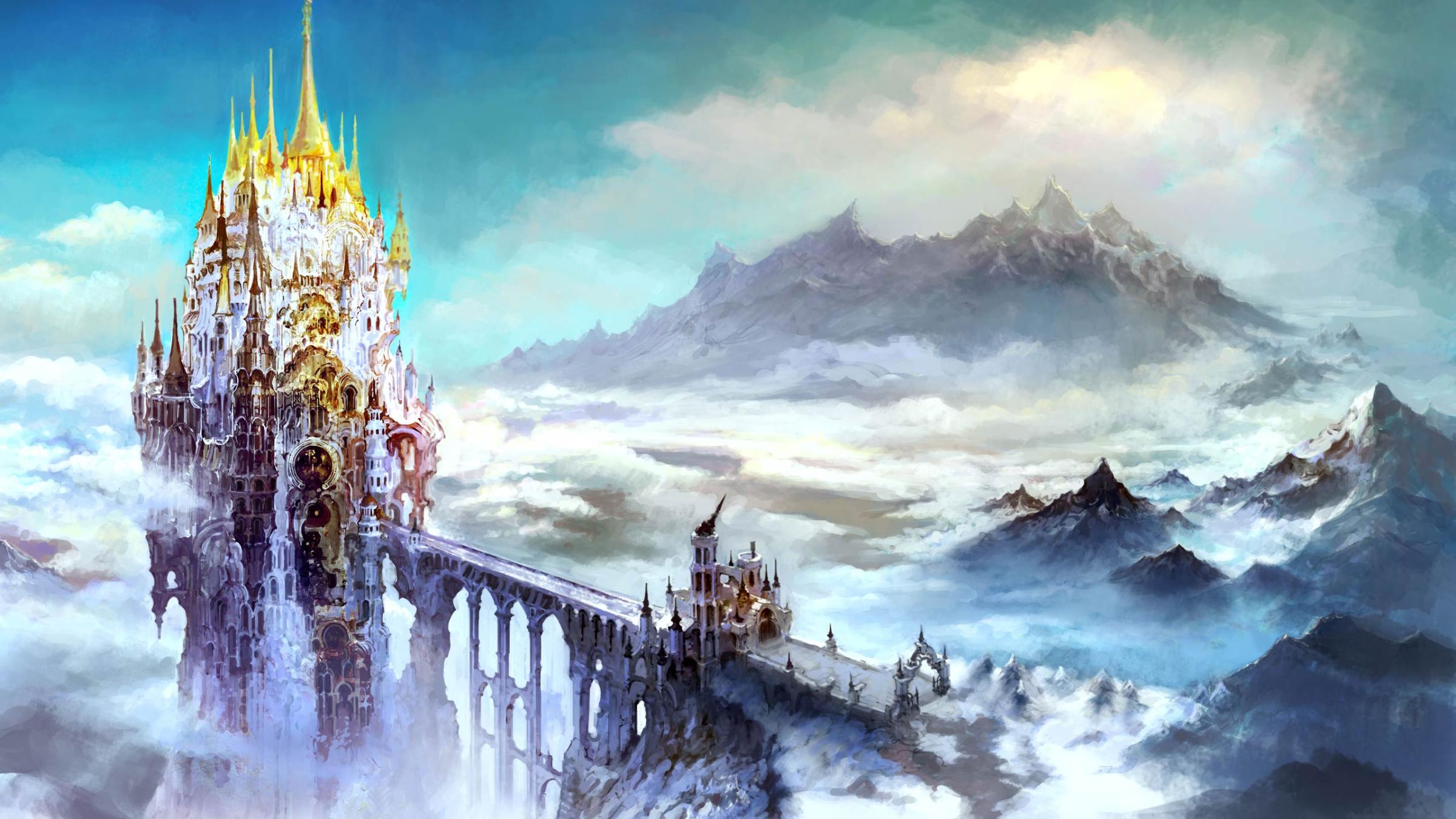

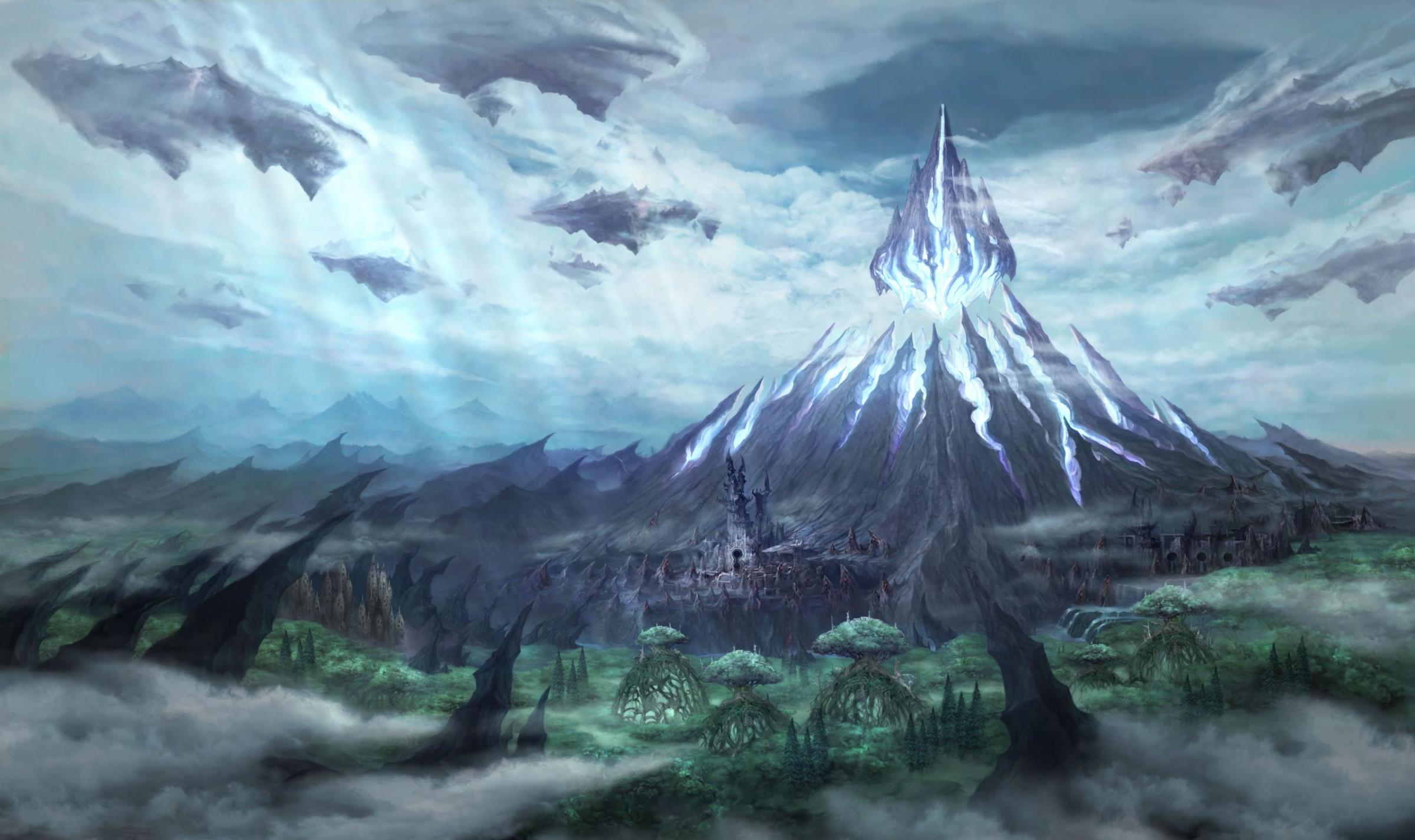
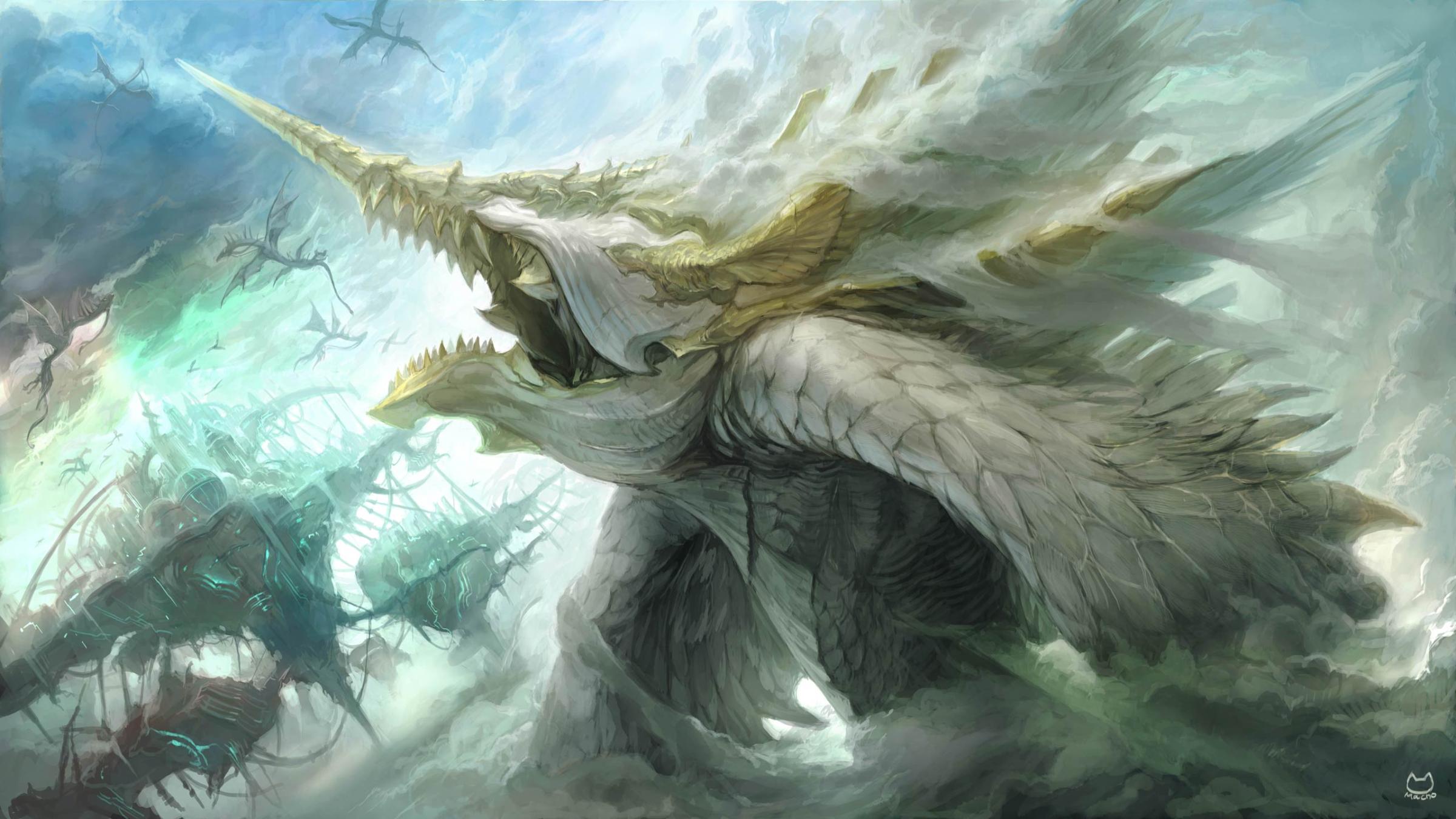

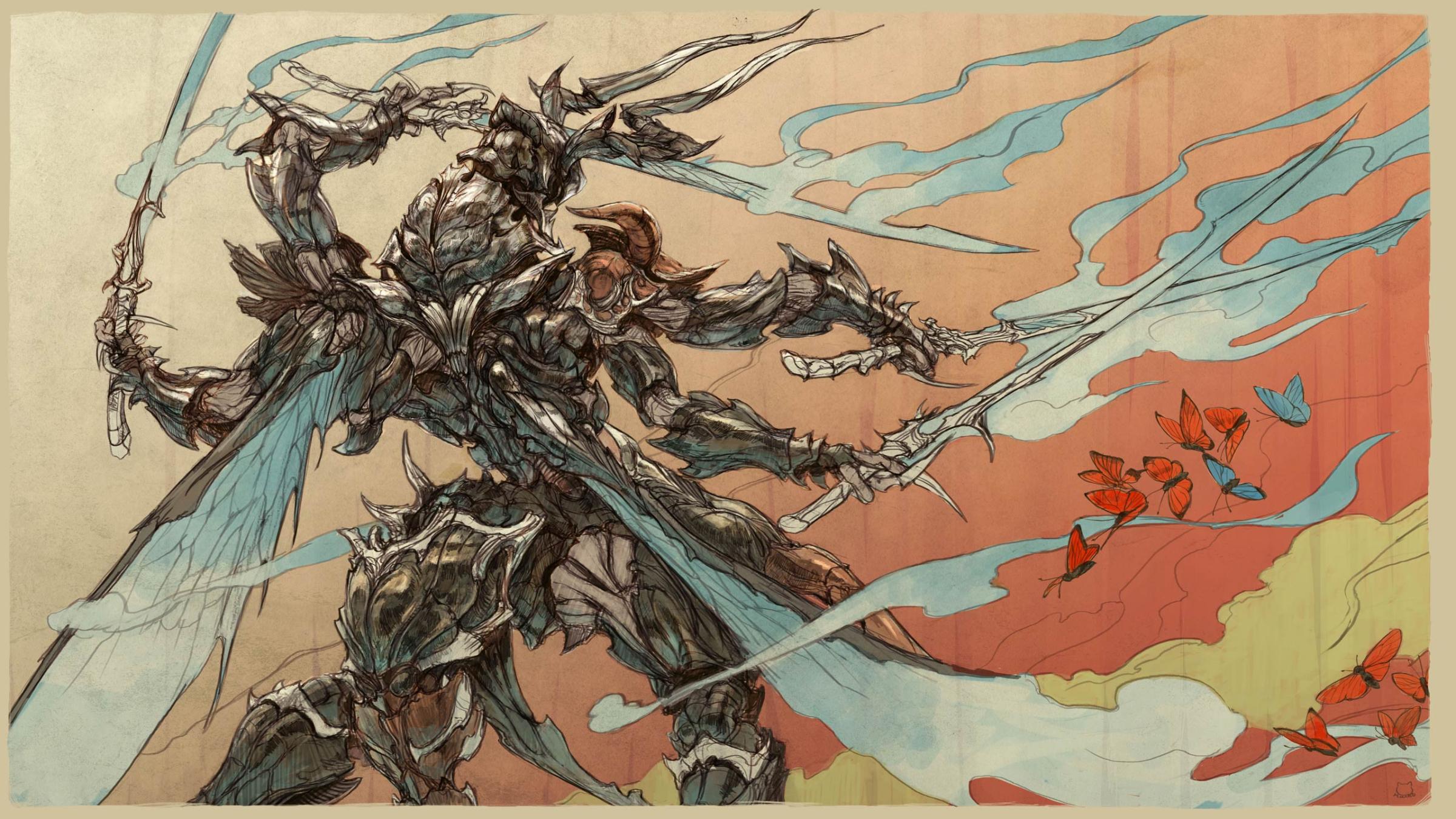

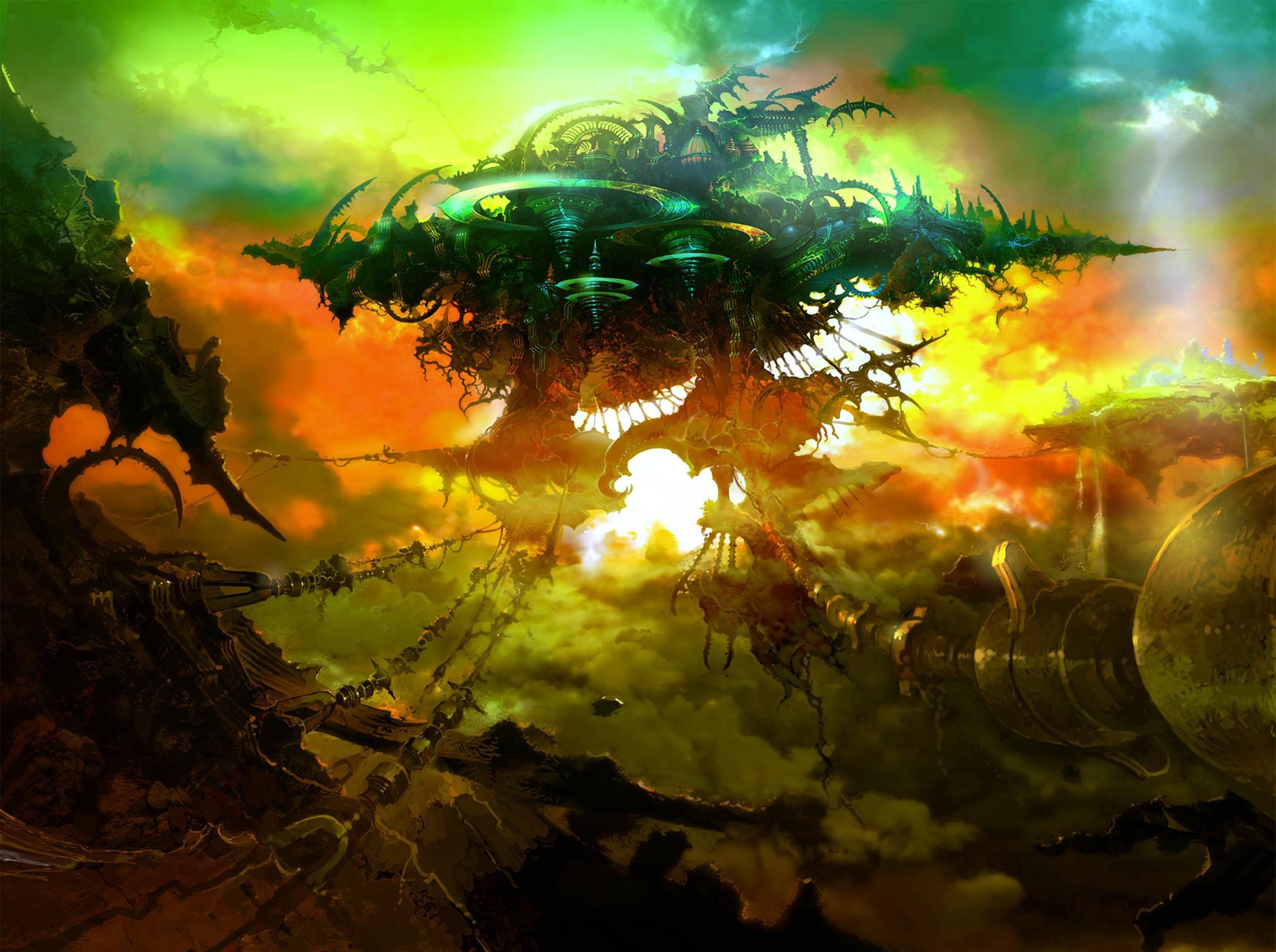

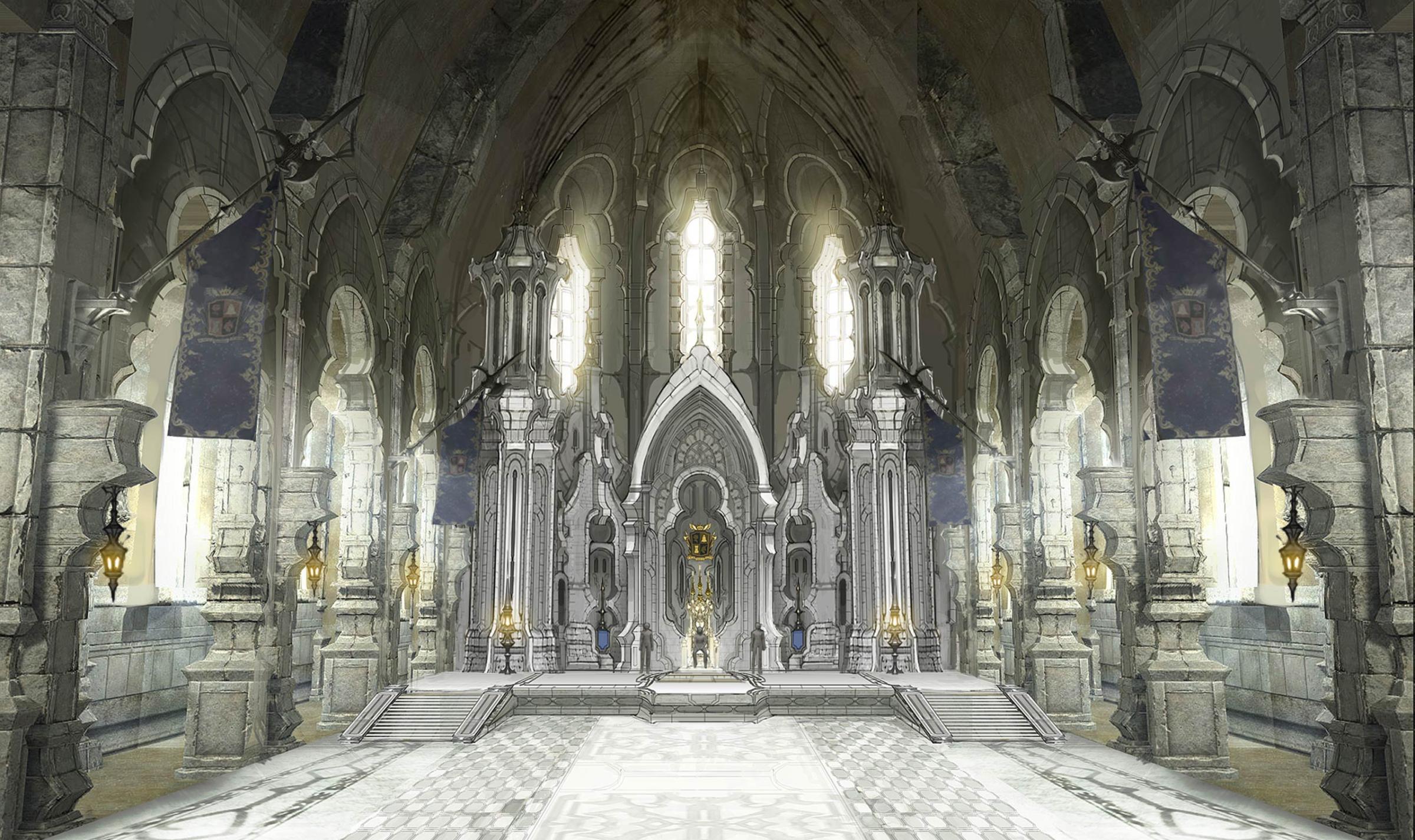
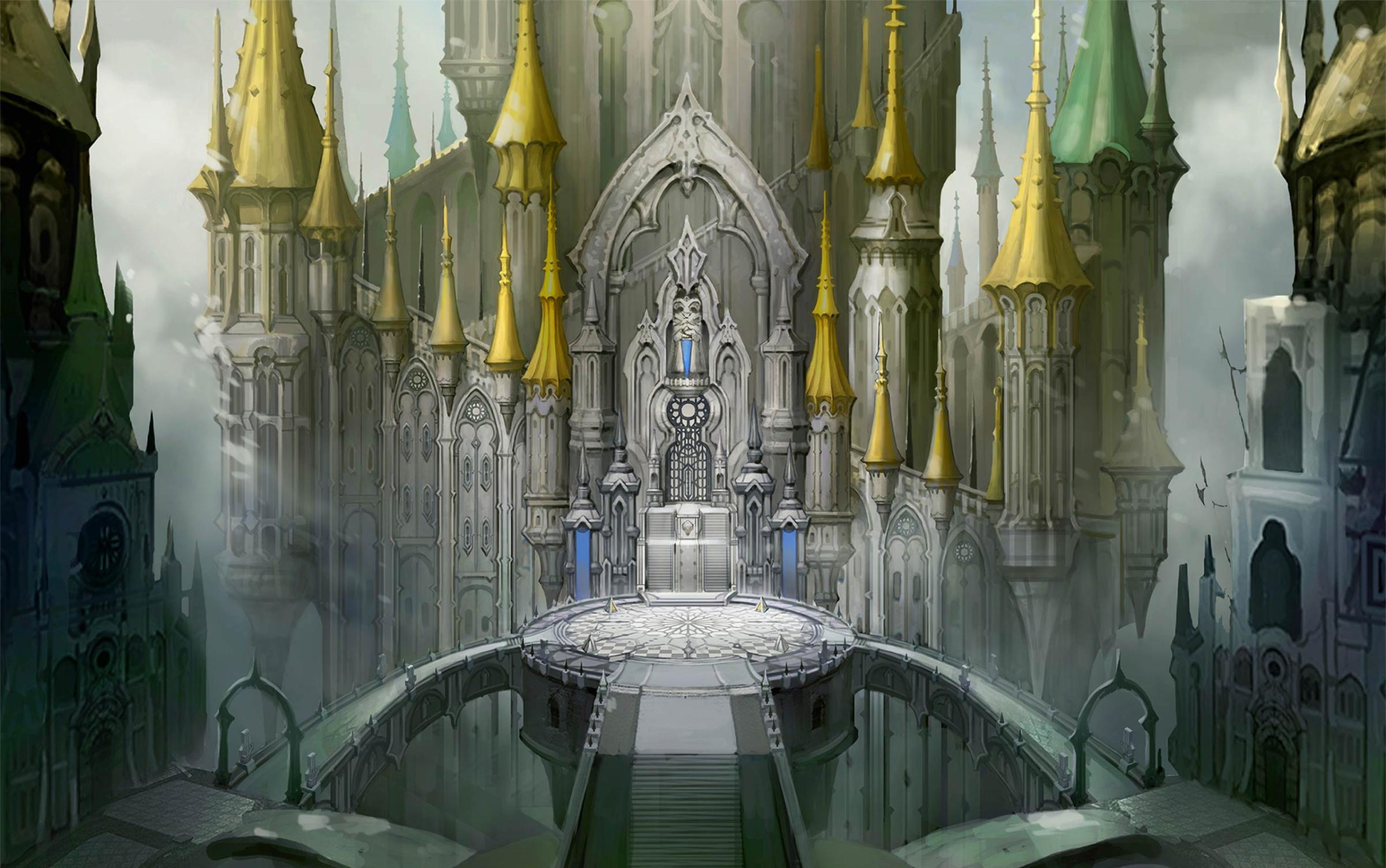

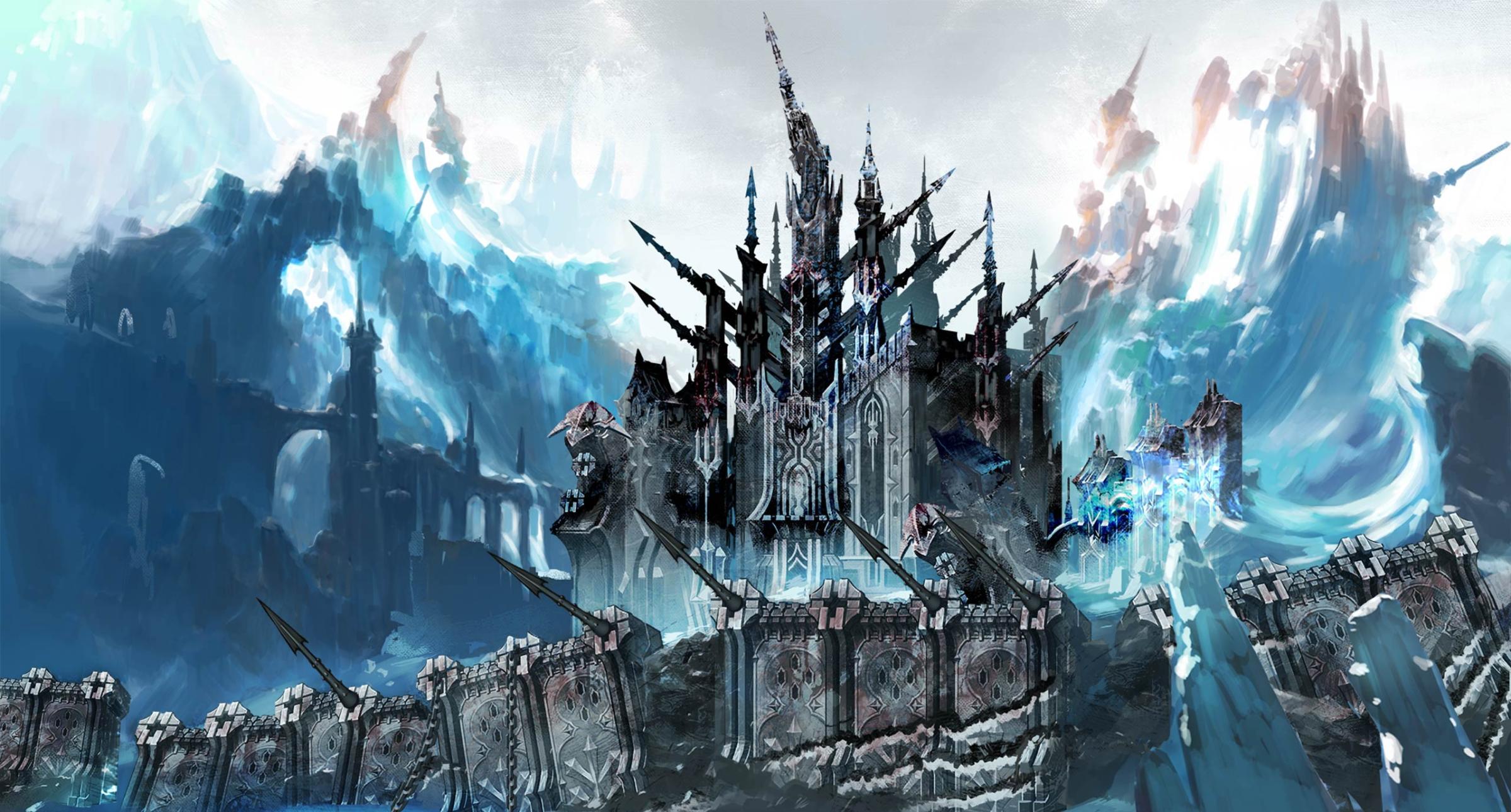
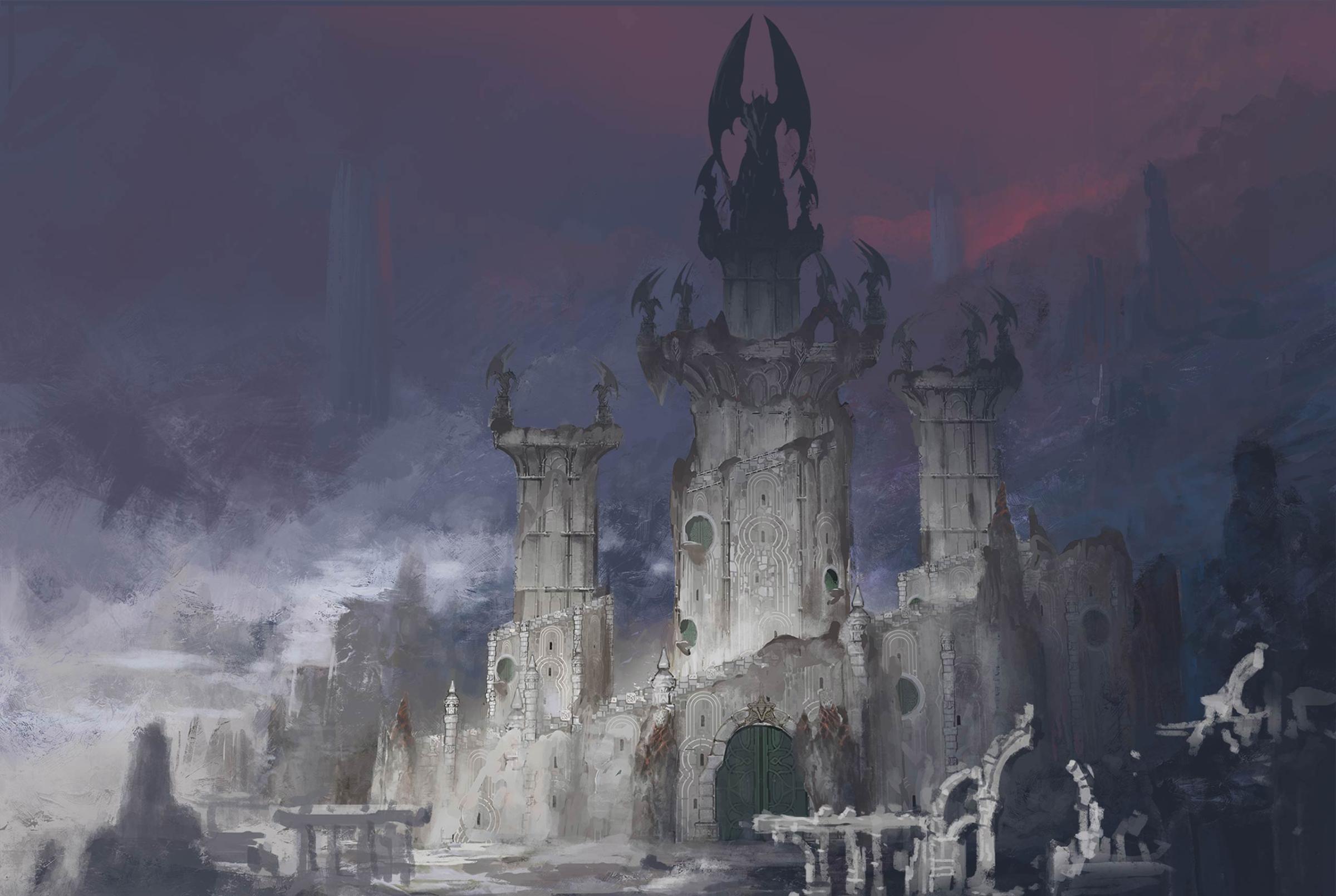
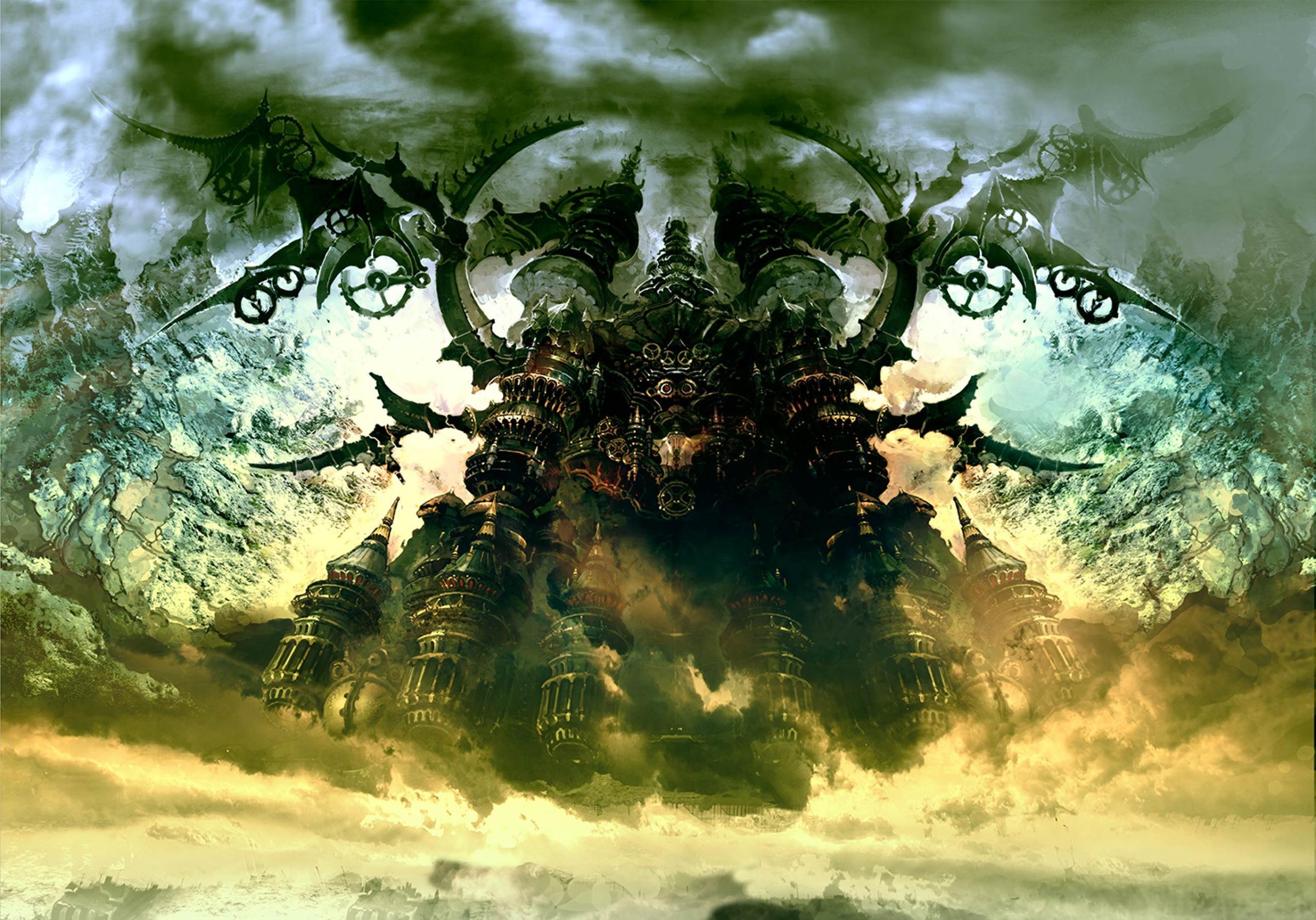

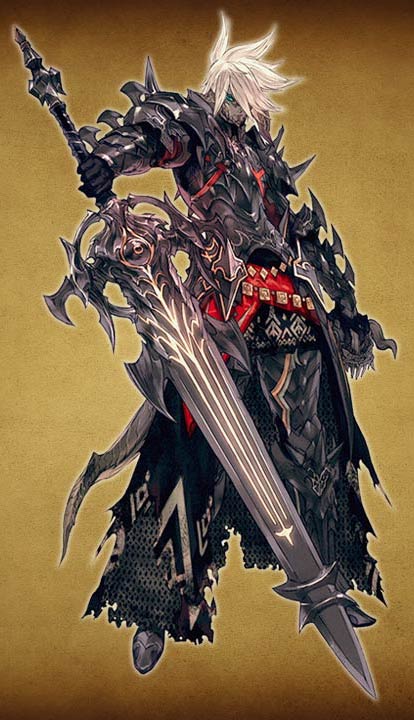
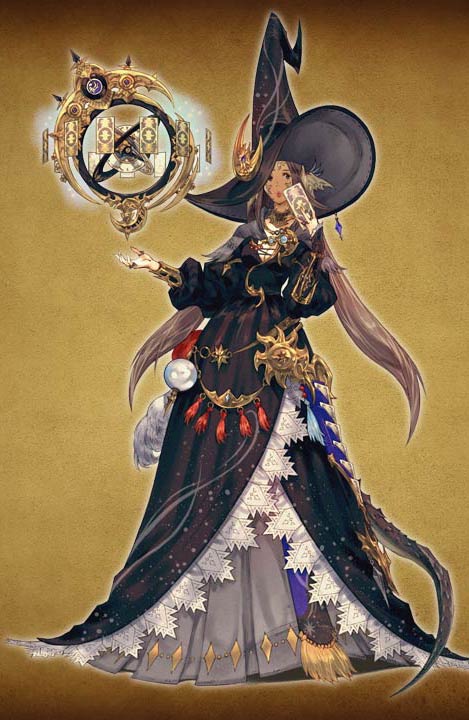
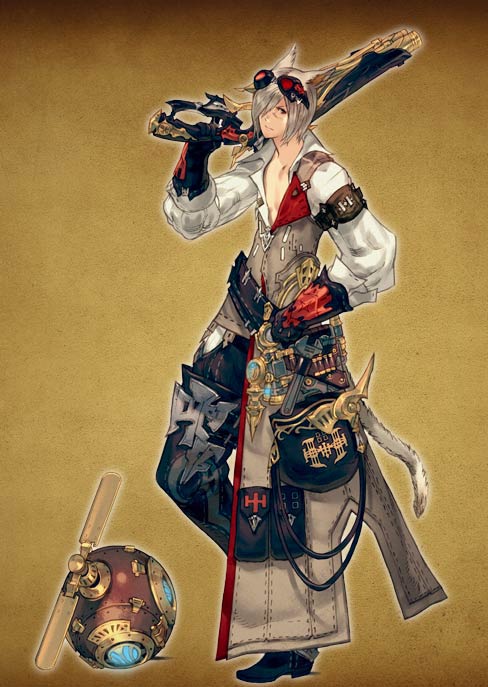
Heavensward will launch on PC, Mac, PS3 and PS4. What were the main challenges you faced when creating a game for so many different platforms and did it affect or limit design decisions in any way?
Final Fantasy XIV: A Realm Reborn was designed to be on many platforms so that many different people can play. On top of that, we focused on ensuring that the gameplay experience was uniform across these platforms. This can be seen implemented through many different facets, including support for both keyboard and mouse and controllers. At the moment, I don’t think of this as a limitation, so it didn’t really affect or limit design decisions. Of course, hardware will evolve over time, so I believe we will eventually have to modify our target specs and evolve the gameplay experience based on the evolution of the hardware.
On another note, working with this many platforms simultaneously with language support, simultaneous updates, and simultaneous master submissions was an extremely challenging undertaking for all of us.
Not only do I want to thank each of our First Party and corporate partners for their undivided support, but I also want to thank and praise all of the efforts of my development and operation/management teams—as well as the managers—who have worked tirelessly. Last but not least, I want to extend the biggest thank you to the players and fans out there who motivate us to keep moving forward!

The three new classes introduced in Heavensward, the Dark Knight, Astrologian and Machinist maintain the concept of the MMO holy trinity of a tank, healer and dps. Are there any plans in the future to branch out from this paradigm to include hybrid classes, such as the dps/healer Dancer class from Final Fantasy XI, or other non-traditional roles?
Of course, I won’t say that it would never happen in the future, but in party situations, hybrid roles can become either be too overpowering or very difficult to use, and it can lead to imbalance. Final Fantasy XIV’s core concept is to have the freedom to play each role through the Armoury System, so we may explore new directions through a skill tree, in which the player’s job will be determined by what actions have been obtained. Needless to say these won’t be immediate changes, but we will continue to work on creating jobs that are in line with Final Fantasy in a system that is very much like Final Fantasy. The red mage is one of my favorites, after all…
Patch 2.55 introduced a significant plot twist to the final storyline of Final Fantasy XIV: A Realm Reborn. How far in advance was the final storyline for Final Fantasy XIV: A Realm Reborn planned out and how much of the future storyline has already been written?
First and foremost, thank you very much for enjoying the storyline!
The final storyline of A Realm Reborn was finalized before the release of Patch 2.1 (December 2013). We needed a solid plot from the start so that we could create a story that wouldn’t fall apart. We introduced characters in each patch update every 3.5 months, and created the dialogue to establish these characters and/or build tension and excitement in the story.
Also, Final Fantasy XIV supports Japanese, English, French, German, Chinese (and Korean, in just a short while), with voice overs in many of the cut scenes. In order to accomplish this we need to record in the various languages well ahead of time, which naturally requires that the script be finalized much earlier than that. For Patch 2.55 (“Before the Fall, Part 2”) we recorded the voice overs in between the release of Patch 2.3 and 2.4. (This is about a 6 month lead time). I take my hat off to our script writers, localization team, and sound team.
In terms of future storylines, we’ve already determined a general outline of the next expansion pack (Version 4.0) after Heavensward. Of course, the details may potentially change, and depending on our players’ reactions, there is always a possibility for adjustments, too!
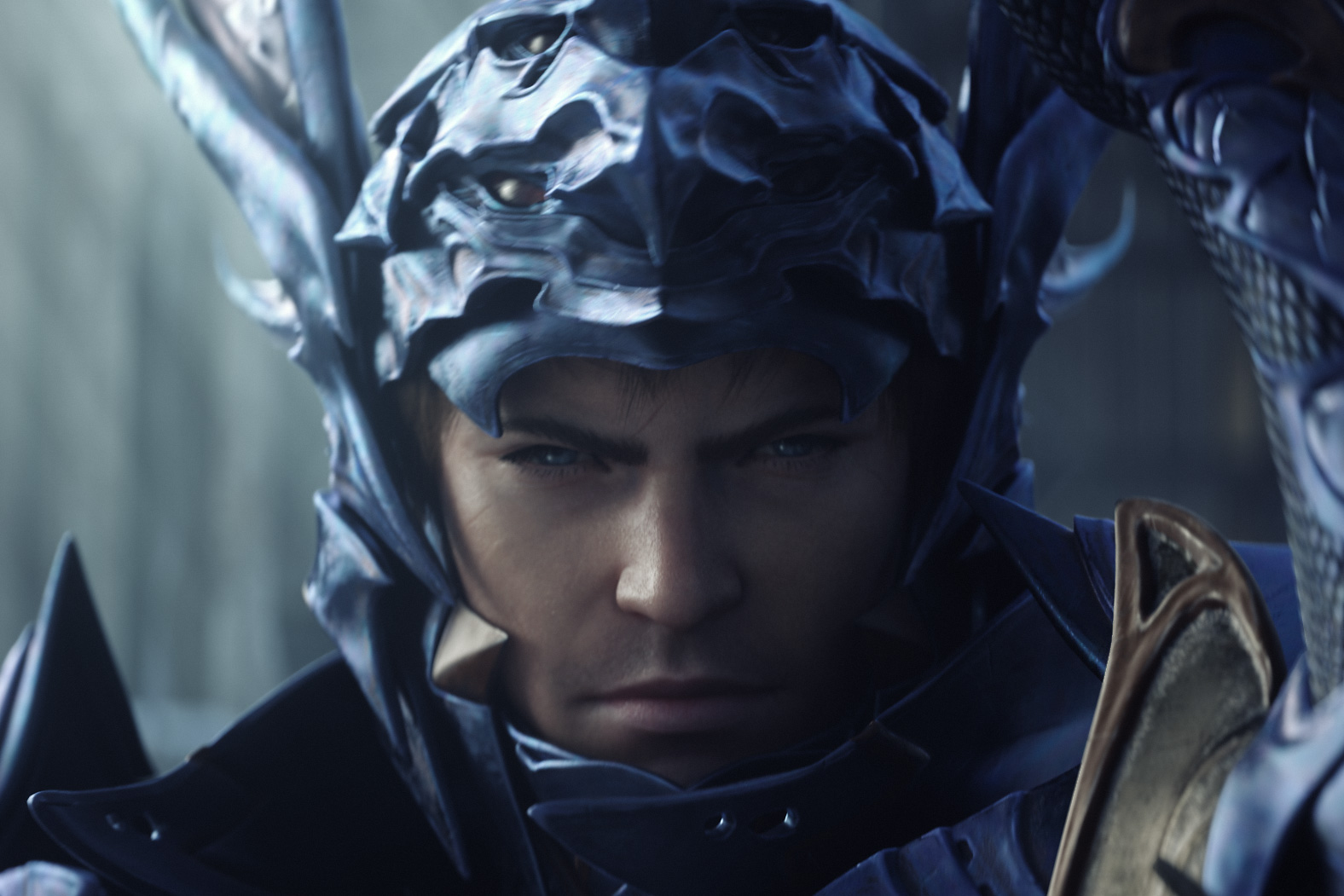
What’s your favorite fantasy story and why is it your favorite?
Considering recent works, I’m into Game of Thrones, but what holds a special place in my heart are The Legend of King Arthur and The Lord of the Rings. (I think anyone around my generation will think so too!) Then there’s Star Wars, Dragon Quest I through III, and Final Fantasy I, which impacted me in terms of storytelling and world creation. As for “why” – all of these titles have a strong foundation in their settings and a sense of reality in a fictional world. Not only are they very entertaining, but they leave room for the imagination of the people who enjoy these titles to run wild.
I’ve read that Dark Age of Camelot is one of your favorite games. What other games, either past or present, have been the most influential to you as a producer and director?
As an avid online gamer, I can’t go without mentioning Diablo and Ultima Online. Diablo taught me about the joys of playing online with other players, and how to add value to an item so that players would obsess over it. I don’t even want to think about how many hundreds of hours I’ve put into that game (laughs). As for Ultima Online, the thousands of people sharing one world, the thrill of player killers, and role-play that is very free, were all very impactful to me. There are many other games that fuel my passion, but I would list these two as must-haves. I can still talk through the night about all of the episodes I had in-game.
With a game as wide-reaching as Final Fantasy XIV, how do you design for both hardcore and casual MMO players?
In recent years, the MMORPG genre has become more geared towards hardcore players. In order to attract experienced MMORPG players, games tend to be more action-oriented, or visually flashy. As a result, I feel that casual gamers find it difficult to continue playing MMO games. Having said this, from a business standpoint, it is more effective to cater to core MMORPG gamers, so titles are faced with a very difficult decision.
With Final Fantasy XIV, we deliberately targeted those who have yet to play an MMORPG, and made certain that the first part of the game wouldn’t require players to recruit a party of other players. Also, the speed at which players need to react is intentionally slower at the start of the game. For hardcore MMORPG players, this may seem boring (and admittedly this is an actual piece of feedback we receive), but if we don’t attract new MMORPG players, then we can’t expect this genre to expand. Based on this concept, we took a story-driven approach, where the battle content becomes progressively harder while the story motivates the player to continue. At the same time, we introduced non-combat-focused elements such as player housing, the Gold Saucer and its attractions, and the Triple Triad mini-game for players to enjoy. We also added other content that mitigates the more casual player’s fear of not being able to catch up to high-level players, such as easing the difficulty of obtaining gear over time. For high-end content, the stages are very difficult at first, but through subsequent updates, their difficulty level is toned down so that casual players will be able to clear the older content. These little touches can be seen all throughout Final Fantasy XIV.
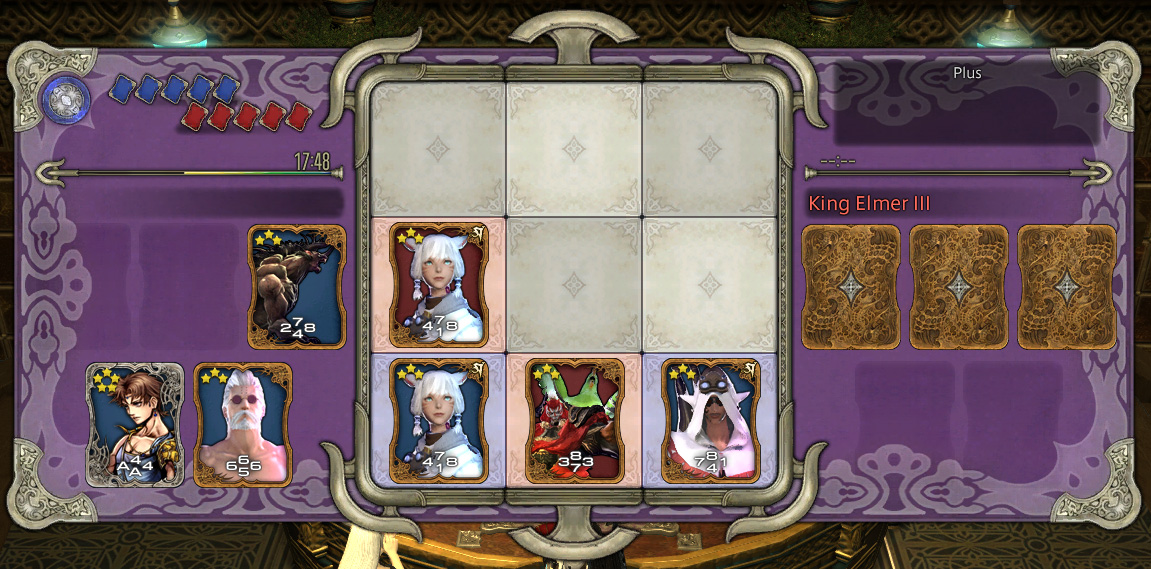
Are there any plans in the future to incorporate additional mini-games from other Final Fantasy titles such as Chocobo Hot and Cold from Final Fantasy IX or Blitzball from Final Fantasy X given the popularity of introducing Final Fantasy VIII‘s Triple Triad to Final Fantasy XIV: A Realm Reborn?
For readers who are unaware, the Manderville Gold Saucer is an amusement center located in the world of Eorzea which houses content like the Triple Triad card game, chocobo racing, and other mini-games. We are already creating a new attraction for Patch 3.1, and looking to introduce more attractions in the future that hearken back to popular mini-games found within the Final Fantasy franchise. In addition to this, we are looking to create many Final Fantasy XIV-original attractions so I don’t intend to imply that we will only have one or the other.
By the way, it seems there’s a big demand from our players for “snowboarding” in the Gold Saucer (laugh). Outside of video games, I love snowboarding, so it would be great if I can make that a reality. I may have players start with crafting their own snowboards first, though.
Last question — can we ever expect to see a Yoshida Triple Triad card?
Ha ha ha, thank you for the suggestion! In all seriousness, though, I believe we shouldn’t take a real-life character or person and put them in a game. There is a special character, known as the “Wandering Minstrel,” that exists in the game, but he is an exception because the scenario creation team really wanted to have a character represent the development team so that we could thank the legacy players who remained committed through the original (Version 1.0) Final Fantasy XIV. Eorzea is “another reality” created in the digital world. Wouldn’t it be awkward if I showed up in that fantasy world? (laughs) But it is an honor as both a game developer and as an individual to hear many players ask “What about a Yoshida card? Or a minion?” and I am very happy to hear it. Your continued support for Final Fantasy XIV is greatly appreciated!
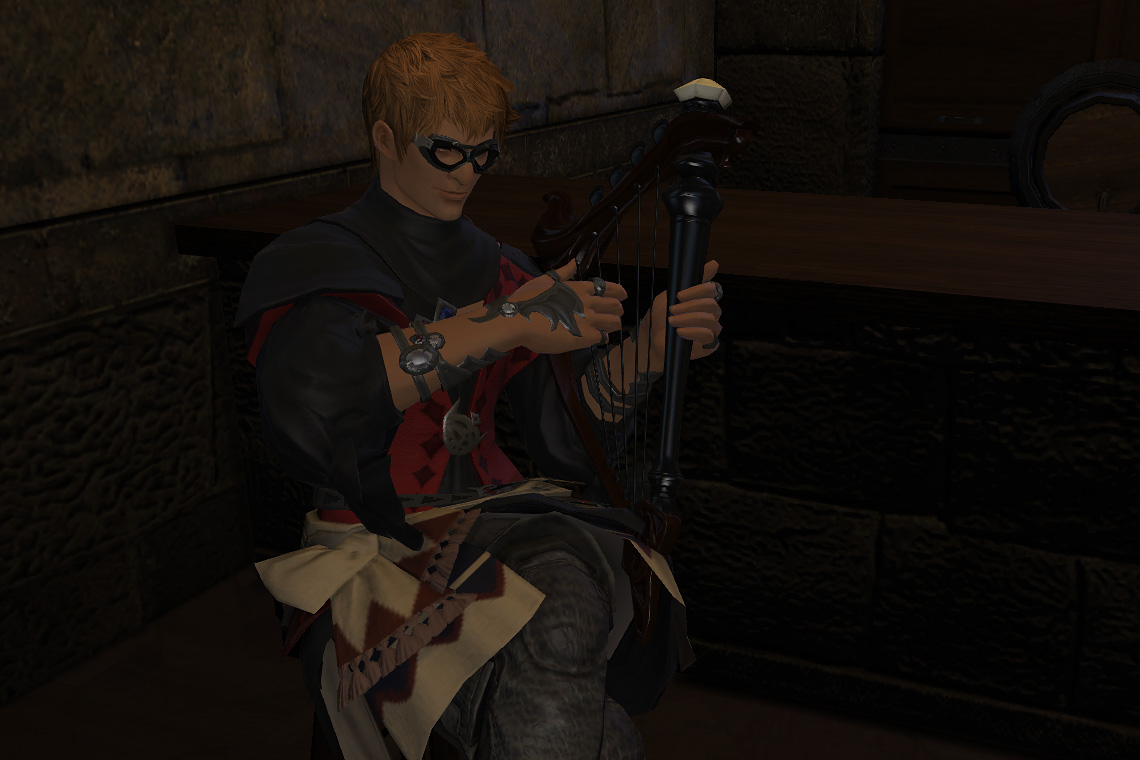
More Must-Reads from TIME
- Why Trump’s Message Worked on Latino Men
- What Trump’s Win Could Mean for Housing
- The 100 Must-Read Books of 2024
- Sleep Doctors Share the 1 Tip That’s Changed Their Lives
- Column: Let’s Bring Back Romance
- What It’s Like to Have Long COVID As a Kid
- FX’s Say Nothing Is the Must-Watch Political Thriller of 2024
- Merle Bombardieri Is Helping People Make the Baby Decision
Contact us at letters@time.com